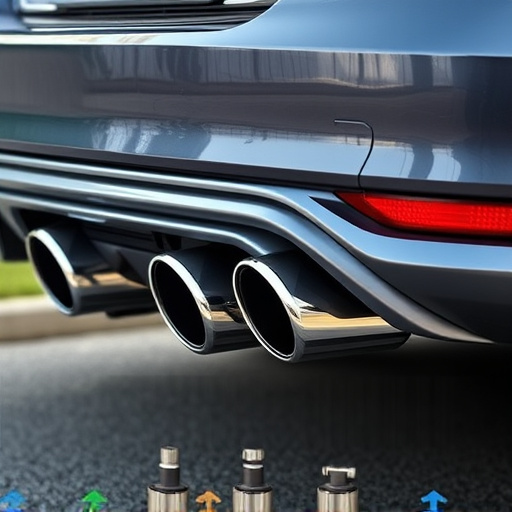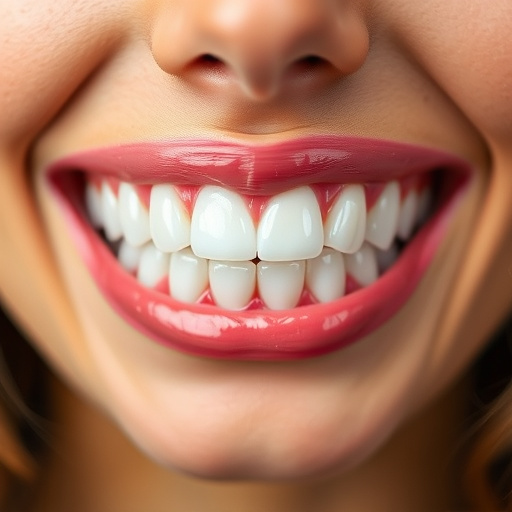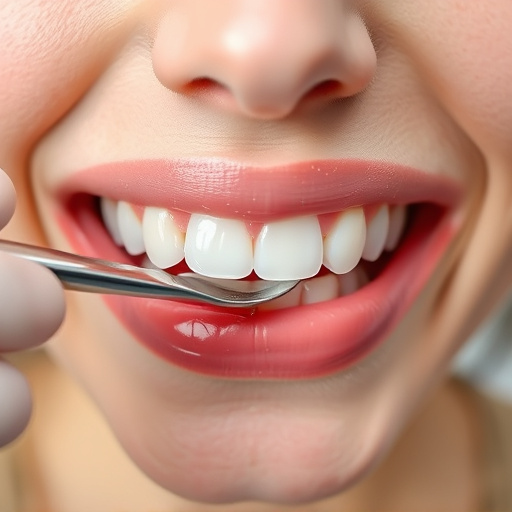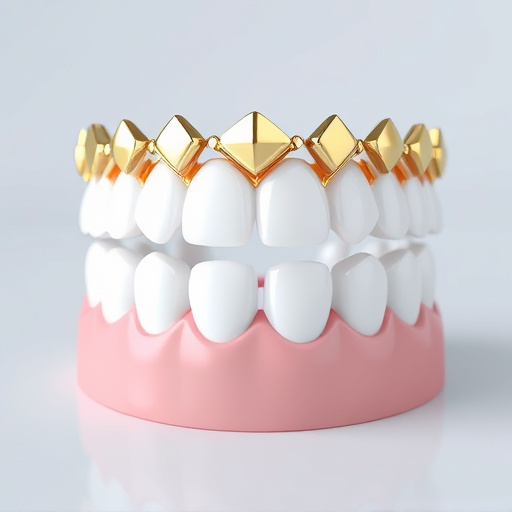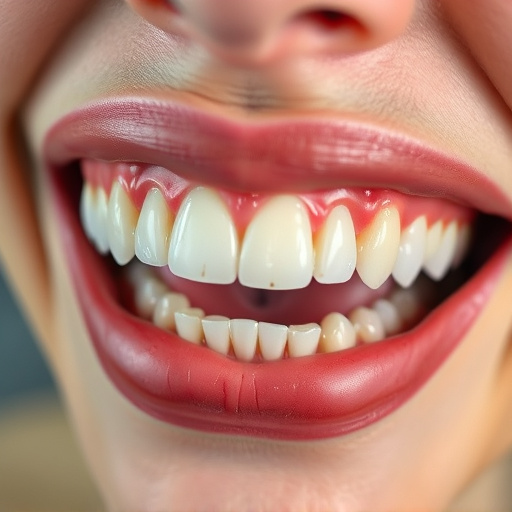Scaling and root planing are traditional dental procedures for periodontitis, involving removing plaque buildup and smoothing tooth roots. While effective, these invasive methods can be uncomfortable. Advances in dentistry now offer non-surgical alternatives for advanced gum disease and impacted wisdom teeth. Early detection during routine oral exams is crucial for preventive care, emphasizing the significance of these modern alternatives to traditional scaling and root planing.
Discover innovative solutions beyond conventional scaling and root planing. This article explores non-surgical alternatives transforming dental care, addressing common issues with traditional methods. From air flow and ultrasonic technology to laser dentistry, we delve into advanced techniques enhancing gingival tissue management. Learn about the benefits, risks, and considerations of these emerging options, promoting faster healing, improved comfort, and effective oral health maintenance.
- Understanding Traditional Scaling and Root Planing
- – Definition of scaling and root planing
- – Traditional methods and their role in dental health
Understanding Traditional Scaling and Root Planing
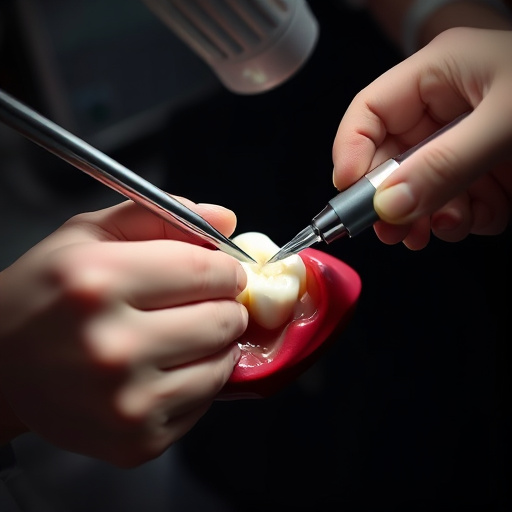
Scaling and root planing are traditional dental procedures often recommended to address periodontitis, a gum disease characterized by inflammation and potential bone loss. During this process, dentists carefully remove plaque and tartar buildup from above and below the gumline, as well as shape and smooth the tooth roots to promote healthier gum attachment. While effective, these methods involve invasive tools and can be uncomfortable for some patients.
This procedure is typically considered a last resort when gum disease has advanced. However, with advancements in dentistry, non-surgical alternatives have emerged, offering patients a more comfortable experience while still focusing on preventive dentistry. Even conditions like impacted wisdom teeth, which often require extraction, can sometimes be managed without traditional scaling and root planing, especially if caught early during routine oral exams.
– Definition of scaling and root planing
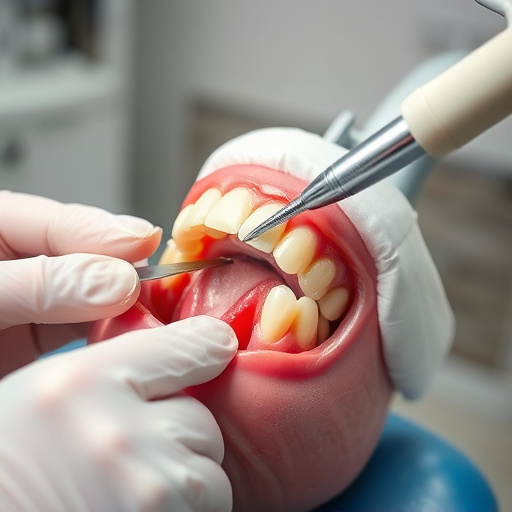
Scaling and root planing are essential dental procedures that aim to remove plaque and tartar buildup from the teeth and gum line. Scaling involves the meticulous process of cleaning the visible surfaces of the teeth, while root planing delves deeper, addressing the roots of the teeth to eliminate any calculus (tartar) or irritants that may have accumulated below the gumline. These non-surgical techniques are crucial in preventing and treating periodontal disease, promoting overall oral health.
In general dentistry and family dentistry practices, these procedures often serve as a first line of defense against severe dental issues. Although typically associated with addressing periodontitis (gum disease), scaling and root planing can also be beneficial for maintaining healthy gums and teeth, even in the absence of apparent gum disease symptoms. Some patients may require more intensive treatments, such as dental crowns, to restore and protect teeth after deep cleaning, ensuring optimal oral health outcomes.
– Traditional methods and their role in dental health
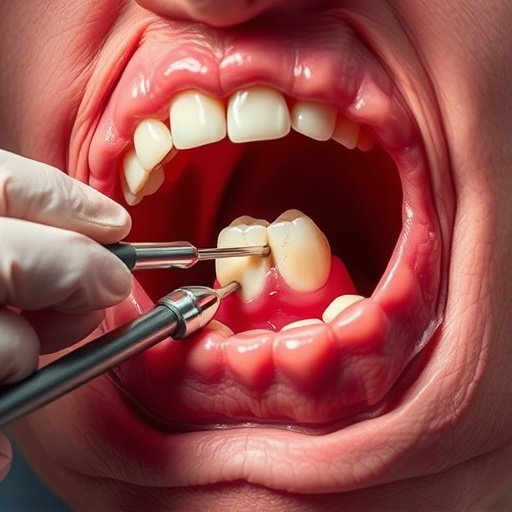
Traditional scaling and root planing procedures have long been the cornerstone of maintaining excellent oral health. These meticulous processes involve the careful removal of plaque and tartar buildup from above and below the gumline, ensuring a clean and healthy dental environment. However, while effective, they carry risks such as discomfort, bleeding, and sensitivity, prompting many to seek alternatives for non-surgical dental scaling and root planing.
The focus on restorative dentistry has shifted towards less invasive options, especially with advancements in technology. Modern alternatives aim to mimic the benefits of traditional methods but with enhanced comfort and reduced procedure times. These innovations cater to patients’ needs for efficient and pain-free dental cleanings, even in emergency dental care scenarios, contributing to improved overall oral well-being without the drawbacks associated with conventional scaling and root planing procedures.
In exploring non-surgical alternatives to traditional scaling and root planing, we’ve seen how modern dentistry offers innovative solutions for maintaining optimal oral health. While these conventional methods remain a vital part of dental care, it’s encouraging to note that advanced technologies and techniques now provide gentler, more efficient ways to address periodontal issues. As awareness grows, individuals can make informed decisions, choosing tailored treatments that suit their needs without the invasiveness of traditional scaling and root planing.





